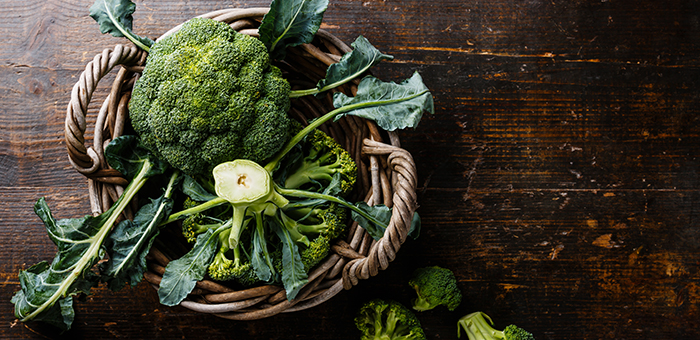12 Tips for Food Storage and Usage
 If you’ve read the blog posts on 18 Ways to Reduce Food Waste and Don’t Waste Away – The Problems With Food Waste you’ll understand the importance of reducing the amount of food we throw away. Below are some ideas for how to store and cook foods to prolong their life. And keep reading for ideas on how to store and use up bread. You’ll never throw food away again!
If you’ve read the blog posts on 18 Ways to Reduce Food Waste and Don’t Waste Away – The Problems With Food Waste you’ll understand the importance of reducing the amount of food we throw away. Below are some ideas for how to store and cook foods to prolong their life. And keep reading for ideas on how to store and use up bread. You’ll never throw food away again!
1. Celery – stand it in a jug or vase with a small amount of water in the bottom.
2. Fresh herbs – store them in vase with small amount of water.
3. Fresh fruit except bananas – will keep for longer in the fridge. Take out of the fridge a few hours before eating so they come to room temperature.
4. Avocados – once cut squeeze on some lemon juice then cover with foil before storing in the fridge.
5. Keep bananas separate – bananas release ethylene which can speed up the ripening of other produce. This can be useful if you want to ripen fruit more quickly but may also speed up decay.
6. Mushrooms – store in a paper bag, not plastic which makes them go slimey.
7. Potatoes – light encourages sprouting so store them in a cool dark place in a brown paper bag.
8. Make stock – save vegetable scraps (and bones from meat if you eat it) and make stock. Vegetable peelings, ends and stems can all be stashed in the fridge until you have a good amount. Put them in a pan of water with some herbs and simmer with the lid on for anywhere from 20 minutes to several hours. Strain and drink as broth or use as stock in soups, stews or gravy.
9. Soup it – even old, withered vegetables can be used in soup. More or less any combination of vegetables will work. For a more substantial soup add cooked beans or lentils.
10. Use it – we are all guilty of throwing away parts of vegetables that are perfectly edible so use those broccoli stems, cauliflower leaves and carrot tops.
11. Donate it – there are many food kitchens and food banks around the UK so if you have food that is still edible but that you know you won’t eat then donate it before it goes off.
And if food has really gone beyond eating:
12. Compost it – any food waste that can’t be eaten can be composted. If you don’t have any outdoor space offer your food scraps to someone who does. Any gardener will be delighted to have extra food for the compost heap. If you do have any outdoor space, making your own compost is a way of fertilising and improving your soil for free!
6 uses for leftover bread:
1. Freshen it up by putting it in the microwave for 10 seconds.
2. Rehydrate dry bread by sprinkling with water and putting in the oven on 180C for a few minutes.
3. Make toast.
4. Make breadcrumbs – these can be sprinkled onto bakes or crumbles, used to thicken sauces, or mixed with an egg for breaded coatings on vegetables or meat. Or bag them and freeze for later use.
5. Make croutons – delicious sprinkled onto soup.
6. Make pizza – use any stale bread as the base and add any toppings you like; pesto, tomato puree, mushrooms, olives, sun dried tomatoes, cheese. Bake in the oven for 10 minutes or pop under the grill for a few minutes and you’ve got a meal!
To keep bread fresh for longer:
• Store bread in its original packaging and close it tightly with an elastic band, clip or clothes peg.
• Keep the end slice in place to preserve the slices underneath.
• Store bread at room temperature not in the fridge.
• Keep the bread bin clean and free from mould spores.
• Slice and freeze bread as soon as you buy it. Take out the slices as and when needed. Frozen bread slices can be put straight in the toaster. Or make sandwiches from frozen bread in the morning and they’ll have defrosted by lunch time.